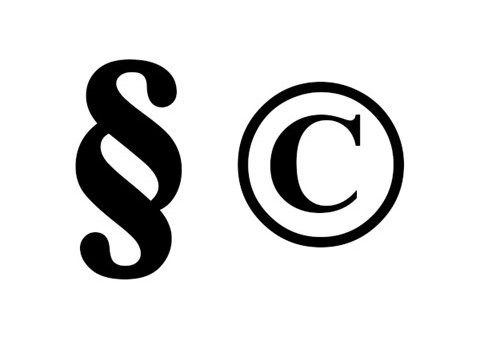Contact
Jenny Svennås-Gillner, Picture editor/photographer
Division of Communication, SLU
bild@slu.se
+46 18-67 22 99
+46 768-09 22 99

What are the rules for photographing people, for example in the workplace or on our campuses? How may you use the images? Perhaps you have found an image online that you would like to use?
Copyright is very well protected in Swedish legislation. The originator of an artistic work (for example photos, paintings, films, illustrations or sculptures) always owns the moral rights to their works. Therefore, the works may not, in an offensive way, be cropped, distorted or used without the originator’s permission. In practice, not much is required for an alteration to be considered offensive. Furthermore, the name of the originator must always be mentioned when using their works. Moral rights cannot be transferred. This means that the originator, regardless of what happens, always has the right to be named as originator of the work.
Financial rights means that the originator alone can use their work(s) and decide whether it should be made available to the public or duplicated. This right enables the originator to profit financially from their work while they also get to decide whether someone else is allowed to use their work and also how they may use it. The originator can transfer their financial rights if they choose to. In that case, the person with the financial right to the work has it at their disposal and can therefore benefit financially from it. When SLU buys images from for example external photographers, depending on the type of agreement, we buy the financial rights to the work.
SLU owns the financial rights to works that have been created by photographers or media producers during their employment at the university. This means that SLU has the right to use images/films whenever we want without reimbursing the originators.
It is illegal to download an image from the internet and then use it in your material unless it is expressly stated that the image may be downloaded and used in the way you like.
Using the internet and social media makes it much easier to copy and use image material without permission from the originator. However, it is still illegal. It is not enough to just name the source, the originator’s name and © to be allowed to publish an image. You cannot “quote” images as you can text. You must always ensure that you are allowed to use the image/video material in the way you wish before actually using it.
Remember the following:
More on how to state the originator of CC-licensed images.
Unless you enter the originator’s name, SLU could be liable to pay damages. If there is not enough space, or you do not wish to enter the originator’s name for another reason, check with them if this is allowed and document it, for example through email contact.
The basic rule is that you must get permission from people to film or photograph them if you want to use the material.
Oral agreements apply, but are difficult to prove. A good working method is to write a model agreement with anyone caught on camera, at least if they take up a large part of the screen or if they are clearly identifiable. The agreement should list how you intend to use the image, for how long (if it is for a limited period) and if it will be e.g. stored in SLU’s media bank and therefore be at the disposal of a third party, etc.
This way, you ensure that you always are legally allowed to photograph, store and use images in the way you intended. You should also be aware that the general data protection regulation has an addition stating that depicted people have the right to be erased if they wish to be. That means that they can request the image material to be erased at a later date. A written agreement can sometimes simplify the process of erasing stored material.
Feel free to use these forms:
Read more about the General Data Protection Regulation (GDPR)
We must meet the following accessibility requirements:
Filming with drones counts as camera surveillance and is regulated by the Public Camera Surveillance Act. In order to film with a drone, you must submit an application and receive permission from the The Swedish Authority for Privacy Protection (IMY).
More information and documents for application:
Swedish Authority for Privacy Protection (IMY) (only some information in English)
In order to make sure that those depicted have consented to this you also need to inform staff and students when/if filming is taking place, through emails and temporary information signs.
Jenny Svennås-Gillner, Picture editor/photographer
Division of Communication, SLU
bild@slu.se
+46 18-67 22 99
+46 768-09 22 99
For questions regarding personal data, GDPR, etc., we refer you to dataskydd@slu.se.